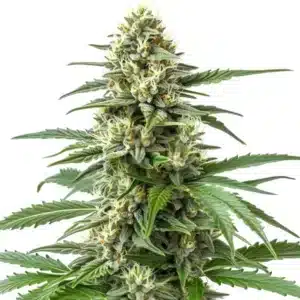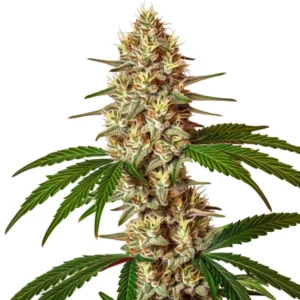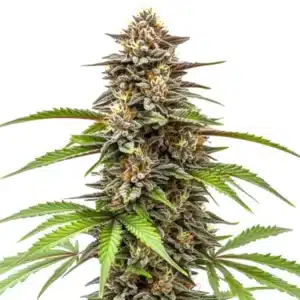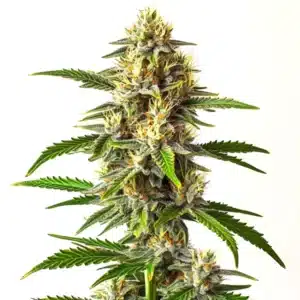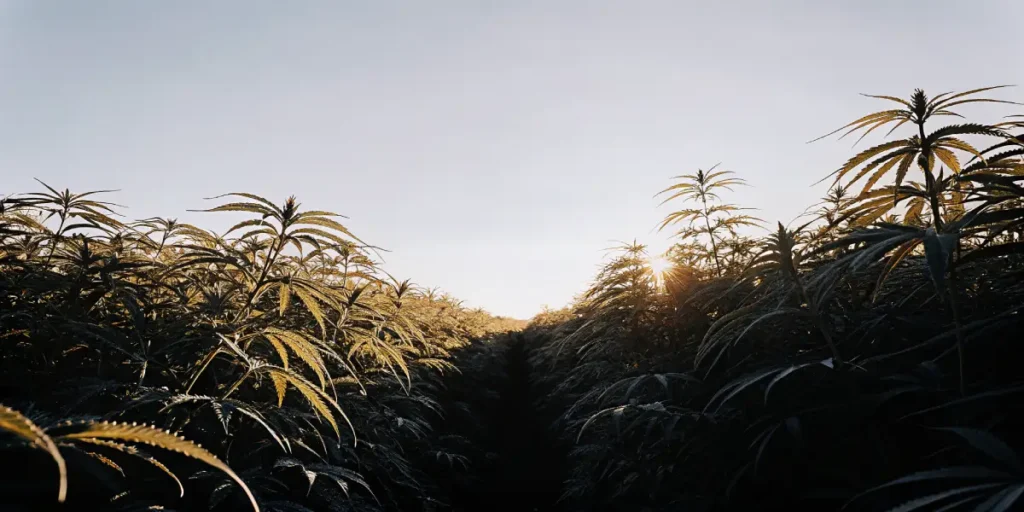
ROS vs Antioxidants in Cannabis Plants
Growing cannabis is both an art and science. One aspect you might encounter is the debate of ROS vs antioxidants in cannabis plants. ROS, or reactive oxygen species, are molecules that contain oxygen and are highly reactive. While they sound harmful, they play a crucial role in plant defense and stress response.
When cannabis plants face stress, such as extreme temperatures or pests, ROS levels can spike. Think of ROS as the plant’s alarm bells, signaling that something needs attention. However, too much ROS can damage cells, leading to oxidative stress. This is where antioxidants come into play, helping to balance the scales.
Antioxidants in cannabis plants neutralize excess ROS, protecting the plant from potential damage. This delicate balance between ROS and antioxidants is crucial for healthy growth. It’s like having a security team that keeps the peace without causing unnecessary harm.
Role of ROS in Cannabis Plant Stress Response
ROS are not just troublemakers. They play a pivotal role in how cannabis plants handle stress. When the plant perceives a threat, these molecules spring into action, acting as signals to trigger defense mechanisms. Knowing ROS vs antioxidants in cannabis plants is essential, as antioxidants help balance and neutralize excess ROS, ensuring the plant’s natural stress response remains effective without causing damage.
For instance, when pests attack, ROS levels increase, prompting the plant to produce compounds that deter the invaders. This self-defense strategy is vital for the plant’s survival, helping it fend off threats without external help. Knowing the function of ROS in cannabis plant stress response can aid growers in managing their crops more effectively.
The role of ROS in cannabis plant stress response extends to how plants manage environmental changes. During droughts or intense light exposure, ROS are rapidly generated, signaling the plant to adapt its physiology. This adaptability is essential for maintaining homeostasis and ensuring long-term survival.
Moreover, the signaling role of ROS in cannabis plant stress response is crucial for optimizing the plant’s energy use. By triggering protective pathways, ROS ensure that the plant allocates resources efficiently, balancing growth and defense based on the stressor’s severity.
Impact of ROS and Antioxidants on Cannabis Growth
The impact of ROS and antioxidants on cannabis growth is significant. When balanced, they contribute to robust and resilient plants. However, an imbalance can cause growth issues. High ROS levels without sufficient antioxidants lead to oxidative stress, damaging cells and stunting growth.
On the flip side, too many antioxidants can suppress the beneficial effects of ROS, such as their role in signaling necessary growth adjustments. It’s crucial for growers to maintain this balance for optimal plant health. Strains like Gorilla Glue 4 from Blimburn Seeds are known for their resilience, partly due to their efficient oxidative stress management.
The impact of ROS and antioxidants on cannabis growth is further highlighted in the plant’s reproductive phase. ROS are involved in flower development, influencing the timing and quality of blooms. Antioxidants ensure that this process occurs smoothly, safeguarding the plant’s reproductive success.
In addition, the impact of ROS and antioxidants on cannabis growth is evident in nutrient uptake. ROS can affect root function, altering how nutrients are absorbed. Antioxidants help maintain root health, ensuring that the plant receives the nutrients it needs for vigorous growth.
Promos & Deals
Antioxidant Enzymes in Cannabis Plant Defense
Antioxidant enzymes are key players in the defense strategy of cannabis plants. They neutralize ROS, preventing cell damage and maintaining plant health. Knowing ROS vs antioxidants in cannabis plants is essential, as enzymes like superoxide dismutase and catalase act as the first line of defense against oxidative stress.
These enzymes work by converting harmful ROS into less reactive molecules, thus protecting the plant cells. This enzymatic activity supports the plant’s ability to thrive, even under challenging conditions. Strains such as Blue Dream from Blimburn Seeds are prized for their strong antioxidant enzyme profiles, contributing to their robustness and high yields.
Antioxidant enzymes in cannabis plant defense also play a role in detoxifying harmful compounds. By breaking down pollutants, these enzymes help the plant cope with environmental toxins, ensuring a cleaner, healthier growing environment.
Furthermore, antioxidant enzymes in cannabis plant defense are involved in regulating cellular repair processes. By facilitating the removal of damaged molecules, these enzymes promote cell renewal, aiding in the recovery from stress-related injuries.
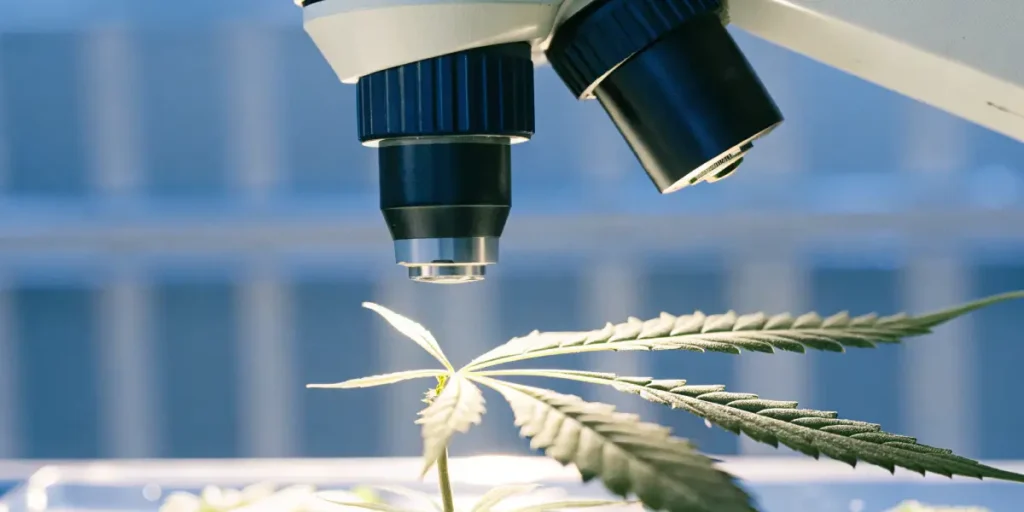
Cannabis Plant Oxidative Stress Management
Effective oxidative stress management is essential for cannabis cultivation. By understanding the balance of ROS and antioxidants, growers can optimize plant health and yield. Regularly assessing plant conditions and stress factors can help maintain this balance.
Practical steps include adjusting nutrient levels, ensuring proper light exposure, and implementing pest control measures. Each of these can influence the production of ROS and the activity of antioxidants in cannabis plants. Cultivating strains like Jack Herer from Blimburn Seeds, known for their resilience, can also aid in managing oxidative stress effectively.
A crucial part of cannabis plant oxidative stress management involves genetic selection. Choosing strains with a natural ability to handle oxidative stress allows growers to cultivate plants that are less susceptible to environmental challenges.
In addition, cannabis plant oxidative stress management can benefit from the use of biostimulants. These products enhance the plant’s natural defenses, supporting the balance of ROS and antioxidants and promoting overall plant vigor.
ROS and Antioxidant Balance in Cannabis Cultivation
The balance of ROS vs antioxidants in cannabis plants is a critical factor in successful cultivation. Growers who master this balance can expect healthier plants and better yields. This process involves maintaining optimal growing conditions and selecting resilient strains.
Regular monitoring and adjustments can help maintain the ROS and antioxidant balance. By observing plant health and making necessary changes, growers can prevent oxidative stress from becoming a problem. This proactive approach is the key to thriving cannabis plants.
Achieving the right ROS and antioxidant balance in cannabis cultivation also requires an understanding of plant signals. By recognizing early signs of stress, growers can make timely interventions to restore balance and prevent damage.
Moreover, the ROS and antioxidant balance in cannabis cultivation can be enhanced through sustainable practices. Implementing organic growing methods and reducing chemical inputs supports a healthier balance, benefiting both the plants and the environment.
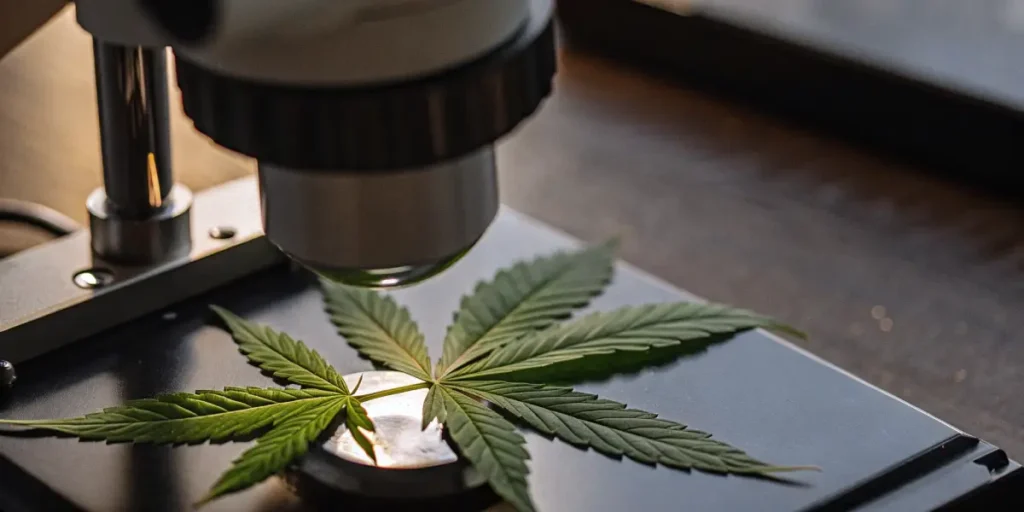
FAQs
What are ROS, and why are they important in cannabis plants?
Reactive oxygen species (ROS) are molecules that contain oxygen and are highly reactive. In cannabis plants, they play a dual role. While they can cause damage if not controlled, they also serve as important signaling molecules. When a plant experiences stress, such as heat or pests, ROS levels increase to signal the plant to activate its defense mechanisms.
These molecules are crucial for helping the plant respond to environmental changes and threats. By understanding the role of ROS in cannabis plant stress response, growers can better manage their plants and optimize their growth conditions.
ROS are also involved in the regulation of plant metabolism. By influencing energy production and utilization, ROS help the plant adjust its metabolic processes to meet the demands of changing conditions.
Additionally, ROS play a role in communication between plant cells. This intercellular signaling ensures that all parts of the plant respond cohesively to stress, enhancing the overall resilience of cannabis plants.
How do antioxidants help cannabis plants?
Antioxidants protect cannabis plants by neutralizing excess ROS, preventing potential cell damage. These compounds are like the plant’s internal protectors, ensuring that the damage from stressors like pests or extreme weather is minimized. They help maintain cellular health, allowing the plant to grow strong and healthy.
Incorporating strains with strong antioxidant profiles, such as those from Blimburn Seeds, can enhance plant resilience. By managing the balance of ROS and antioxidants, growers can ensure their plants thrive even under challenging conditions.
Antioxidants also play a role in maintaining the integrity of plant structures. By preventing oxidative damage to cell walls and membranes, antioxidants ensure that the plant retains its physical robustness.
Furthermore, antioxidants contribute to the longevity of cannabis plants. By protecting against cellular aging and degeneration, they enable plants to reach their full potential, both in terms of growth and yield.
Can too many antioxidants be harmful to cannabis plants?
Yes, an excess of antioxidants can be detrimental to cannabis plants. While they are crucial for neutralizing ROS, too many antioxidants can suppress the beneficial effects of ROS. These molecules are not only involved in damage control but also play a role in signaling growth and defense mechanisms.
An imbalance where antioxidants overwhelm ROS can lead to reduced growth and diminished plant responses to stress. Striking the right balance is key, and growers should aim to keep both ROS and antioxidant levels in check for optimal plant health.
Excessive antioxidant levels can also interfere with the plant’s ability to respond to environmental cues. By dampening the signals needed for adaptation, an overabundance of antioxidants can make plants less responsive to changing conditions.
Moreover, too many antioxidants can affect the plant’s energy dynamics. By altering metabolic pathways, an imbalance can lead to inefficient energy use, impacting growth and vitality.
What strains are known for their resilience to oxidative stress?
Several cannabis strains are renowned for their resilience to oxidative stress, offering robust growth even under challenging conditions. Gorilla Glue 4 from Blimburn Seeds is a popular choice due to its strong genetic makeup and ability to manage oxidative stress effectively.
Other resilient strains include Blue Dream and Jack Herer, both of which are known for their vigorous growth and high yields. These strains are excellent options for growers looking to cultivate plants that can withstand various stressors while maintaining quality and potency.
In addition to Gorilla Glue 4, Blue Dream, and Jack Herer, strains like Northern Lights are also noted for their oxidative stress resilience. These strains have adapted to handle a range of environmental pressures, making them reliable choices for growers.
Furthermore, strains with high CBD content, such as Harlequin, are often more resilient to oxidative stress. The presence of CBD can enhance the plant’s natural defenses, contributing to improved stress management and growth stability.
How can growers manage oxidative stress in cannabis cultivation?
Managing oxidative stress in cannabis cultivation involves maintaining a balance between ROS and antioxidants. Growers can achieve this by closely monitoring environmental conditions such as light, temperature, and humidity. Adjusting nutrient levels and implementing effective pest control measures can also help.
Choosing resilient strains like those from Blimburn Seeds is another practical approach. By understanding and responding to the needs of their plants, growers can create an environment where their cannabis thrives, leading to better growth and higher yields.
In addition to environmental control, integrating holistic cultivation practices can aid in managing oxidative stress. Techniques such as companion planting and soil health management support a balanced ecosystem, enhancing the plant’s natural resilience.
Moreover, growers can explore the use of natural antioxidants, like plant extracts, to supplement the plant’s defenses. These substances can boost the antioxidant capacity of cannabis plants, providing additional protection against oxidative stress.


